Building's history
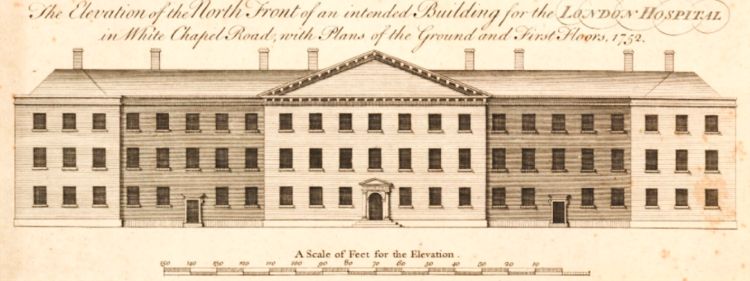
The history
There has been a hospital on the site of the new Town Hall since 1757. This is when the London Infirmary moved from its previous premises in Prescot Street to Whitechapel Road.
There have been many extensions and alterations since then. Including the addition of the East and West wings in 1770, which were further extended in the 1830s, and a new Outpatients department in 1902.
By the end of the 19th century, The London Hospital was the largest voluntary general hospital in the United Kingdom. It had more than 1,000 beds by the early 20th century.
The hospital was run by a committee until the formation of the National Health Service (NHS) in 1948. In the late 1980s, the hospital became part of the London Hospital and Associated Community Services Trust, one of first NHS Trusts.
The London Hospital became The Royal London Hospital when it was granted the royal title by Queen Elizabeth II in 1990 to celebrate its 250th anniversary.
Construction of the new hospital, designed by HOK Architects, started in 2007. The new hospital opened in time for the London Olympics in 2012 and was officially opened by Queen Elizabeth II in 2013. In 2012 Barts and The London merged with Whipps Cross and Newham hospitals to form Barts Health NHS Trust.
Medical college
Medical staff took on pupils from the 1740s, and in 1785 a lecture theatre was opened on site. The first purpose-built medical school in England. By the early 19th century, the school had become known as the London Hospital Medical College.
The Medical College merged with St Bartholomew’s Hospital Medical College in 1995, becoming known as Barts and the London School of Medicine and Dentistry, Queen Mary University of London.
Students from the Faculty of Medicine and Dentistry, Queen Mary University of London, still train at the hospital and in the historic medical college building.
Key people
Joseph Merrick
Joseph Merrick was born in 1862 and by the age of five, had started to develop severe deformities which gave him the nickname ‘The Elephant Man’.
After a troubled childhood, he moved to London where he was paraded in freak shows and curiosity shops. While being displayed in London, he was visited by surgeon Frederick Treves who practised at The London Hospital.
Merrick then went on tour, but his manager stole his money and abandoned him. Finding his way back to London, a policeman found Treves’ business card in Merrick’s pocket and Treves collected Merrick and took him to The London Hospital.
Merrick lived at The London Hospital, making friends with surgeons, nurses, residents, and even being visited by Princess Alexandra in 1887, until his death in 1890, aged just 27.
Edith Cavell
Edith Cavell was born in 1865 and trained to be a nurse at The Royal London Hospital under Matron Eva Luckes, a friend of Florence Nightingale.
She completed her nurse training and held positions in British hospitals before nursing a sick child in Brussels.
At the outbreak of the First World War, she worked at a military hospital in Belgium, caring for all soldiers regardless of their nationality.
Belgium was at the time under German control, and Cavell saved the lives of 200 Allied soldiers by smuggling them to neutral Holland.
However, when this was discovered by German officers she was sentenced to death. In 1915, despite international pressure for mercy, she was put to death by a German firing squad.
She has a Blue Plaque on the building recognising her achievements.
1 of 4
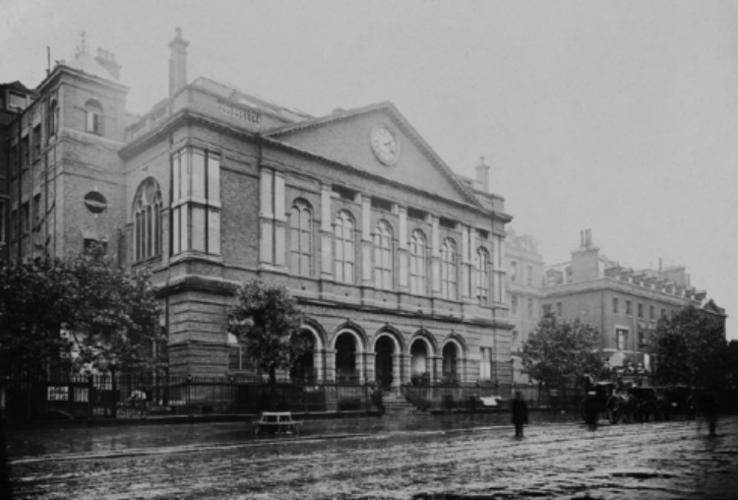
2 of 4
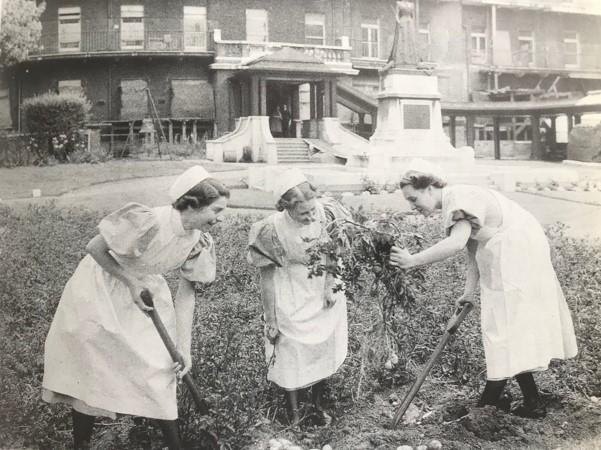
3 of 4
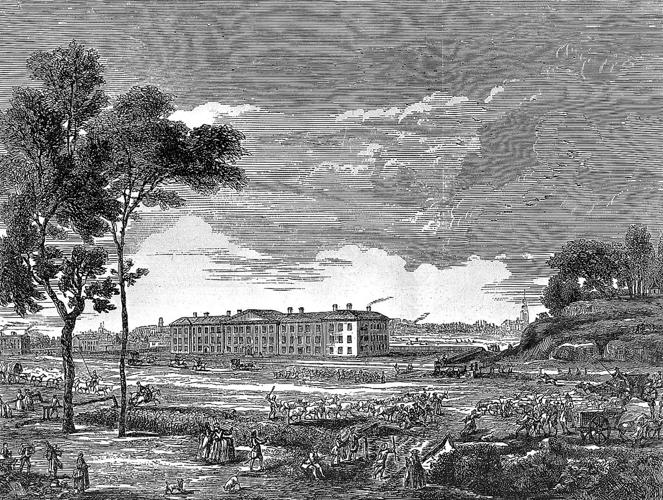
4 of 4
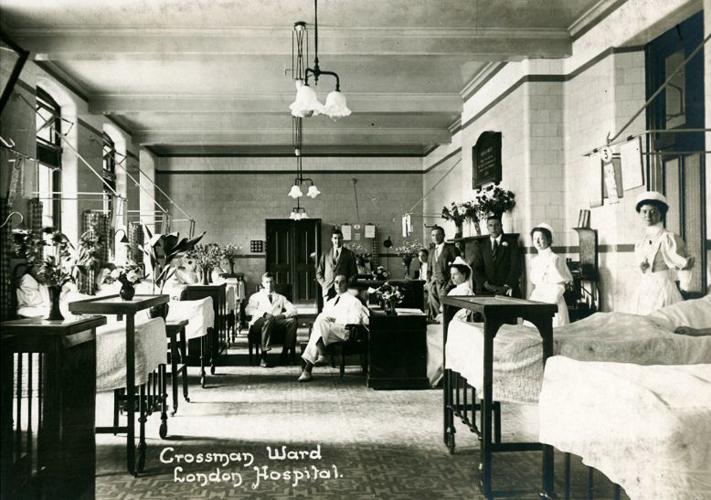
❮
❯